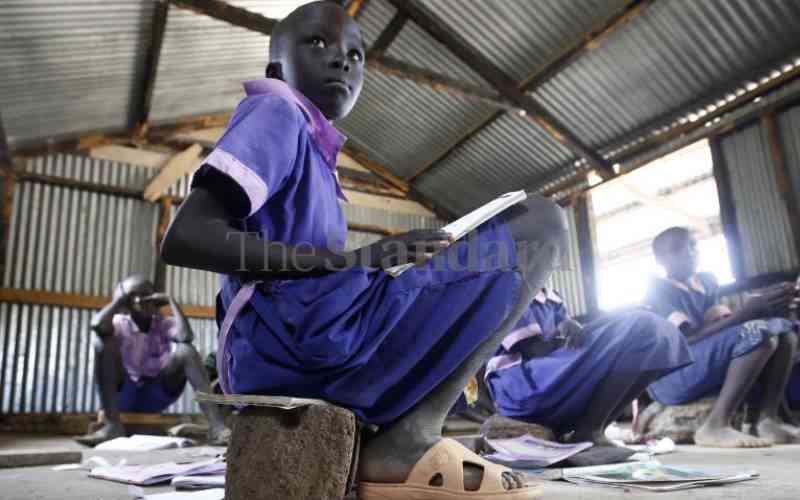×
The Standard e-Paper
Truth Without Fear

It is apparent that some schools are more popular than others. This comes out most clearly during selection of secondary schools by the Kenya Certificate of Primary Education (KCPE) candidates and their parents.
Indeed, it has been reported that some schools attract as many as 500,000 applicants whereas others do not make to admit a single full class of 45 learners. This is as a result of jostling for the 'good schools'.